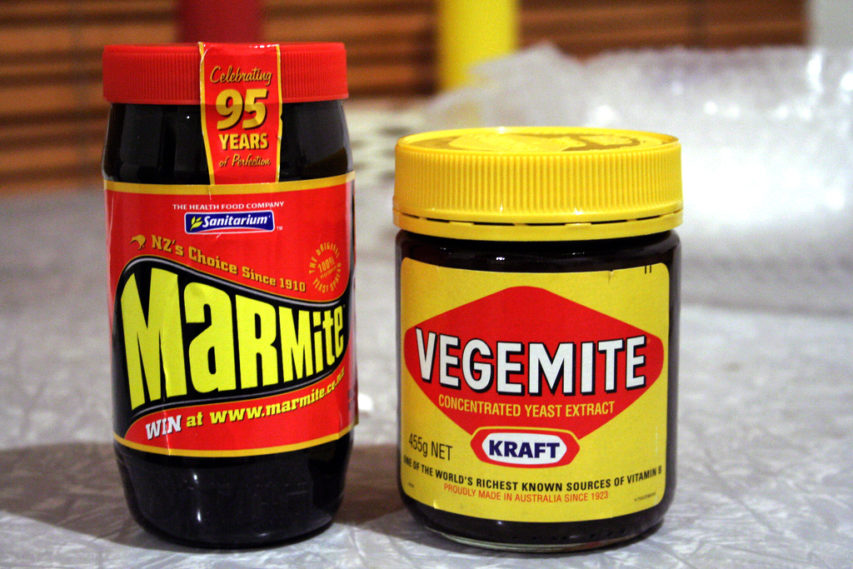At sp!ked, Rob Lyons debunks a recent video by Canadian anti-corporate activist Dr. Yoni Freedhoff:
This is a handy menu of food-related government intervention that is trotted out all the time by food crusaders everywhere. But before we get to those interventions, maybe we should ask how we got here in the first place.
First, food got cheaper while, on average, we’ve been generally getting richer. In particular, if America is anything to go by, we spent less as a proportion of income on meat and dairy products — surprisingly, spending on fruit and veg has been pretty constant — and more on processed foods and sweets. In other words, we bought convenience with the money we were saving.
Second, suppliers and retailers realised that as food got cheaper, the way to make money was to ‘add value’ — in other words, take basic ingredients and make them more convenient, more ‘fun’, more ‘premium’ or to appeal to some other psychological need. Yes, food manufacturers are as capable of bullshitting as anybody else with something to sell.
One of the other ways that suppliers add value is to make ‘healthy’ products. But who set up those health claims in the first place? It was the media, the medical profession and, most of all, governments. Who said we should be stuffing our faces with fruit to get our ‘five a day’? Who suggested that we get more omega-3s? Who said we should aim to eat low-fat diets? All of these ideas got the big official stamp of approval. And in the spirit of convenience, the food industry has made it easy, for better or for worse, to meet these official goals.
[. . .]
Moreover, what about the wild claims made for organic food? It has a completely spurious image as natural and wholesome, but study after study finds no consistent difference between organic foods and conventional foods — apart from the price. Yet it is often the most vociferously anti-Big Food campaigners, bloggers and ‘experts’ who push organic as the healthy alternative.
[. . .]
Rather than endless calls for regulations, bans and taxes — whose efficacy is doubtful but whose effect on personal autonomy would be substantial — it would be far better to recognise that any diet with some modicum of balance will be fine for most people, who will live to a greater age than their parents or grandparents, on average, no matter how much disapproved food they consume. Claims that any particular food is some dietary panacea should be treated with a large, metaphorical pinch of salt, whoever makes them, whether they are an evil mega corporation or the bloke behind the counter at the health-food shop.
Above all, a similarly healthy scepticism should be applied to crusading medics who want to scare us with the idea that Big Food is out to kill us and who encourage politicians to regulate what we eat.




